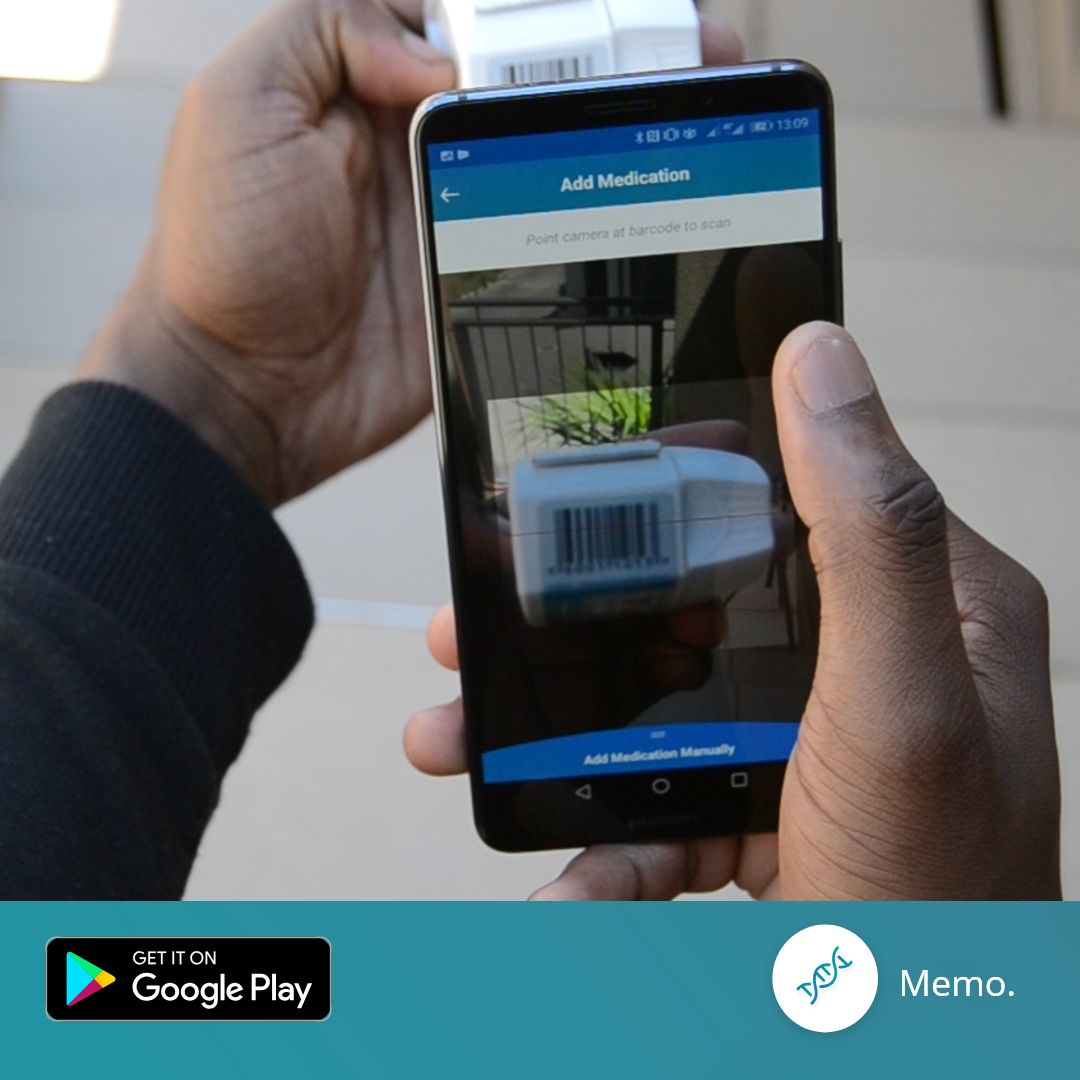Who can ever forget the atrocity of 2008 when fellow brothers and sisters of the African soil were brutally set alight, killed and attacked for being “foreigners” in South Africa? It was sickening and very gruesome to watch as Somalis, Zimbabweans, and the too-many-to-mention other foreign nationals ran for their lives as strikes of hatred tore into their flesh. We witnessed South Africans shamelessly admitting to discrimination and prejudice. Many argued that these foreign nationals had taken their employment opportunities, some just purely hated them without even reason.
Most of these immigrants had fled their own war-torn countries to seek refuge in South Africa. Preceding the xenophobic attacks, many immigrants feared for their lives as they felt unsafe and their thought-to-be safe haven was no more. Some changed cities as the attacks were not necessarily severe in other provinces. Still, that does not, in the slightest, make xenophobic attacks justifiable or the right thing to do. Immigrants have been given ill-treatment and have been called names to their faces in SA for the longest I can remember, and the most twisted part about it is the normality of racial discrimination amongst our people.
However, regardless of all the negativity that came with xenophobia and xenophobic attacks and South Africa not being much of a Rainbow Nation because of the consequences of these attacks, Sydelle Willow Smith has explored the “warmer” side of being a South African immigrant with her first solo exhibition, “Soft Walls”. Careful not to seem as though she is creating false precedent about xenophobia in SA but adamant on telling or showing different narratives. On this body of work, Smith explores the relationships between migrated African nationals and South Africans; their unfavourable relationship issues, how they make sense of their spaces, and how they have to deal with society’s restrictions and/or reactions.
A very significant factor is the fact that South Africans are very ignorant on who or what they regard as an immigrant. For instance, an American or European immigrant is not given the same treatment as an African immigrant on the basis that the more dark-skinned you are, the more likely you are to be associated with being a job-thief. That’s the sad, ignorant truth about South Africans. I could go on and preach about our struggle heroes who were forced into exile and the countries they went to but I’d rather not.
Smith has done a remarkable job portraying the lives of those who have been able to make a life for themselves in South Africa regardless of the hard conditions and circumstances they have been met with upon arriving here. Though there are whispers and the cold stares that many still get while walking the streets, many have been able to look past the discrimination and bettered themselves, consequently getting the life they’ve dreamed of and imagined. It is not at all roses and violets, there is still a huge gap to bridge. Hopefully, there won’t be any attacks soon as there have been threats after Nelson Mandela passed away.
Be sure to visit the AVA Gallery in Church Street, Cape Town, to check out Smith’s exhibition. It runs ’til the 5th of June 2014.
All images by Sydelle Smith






